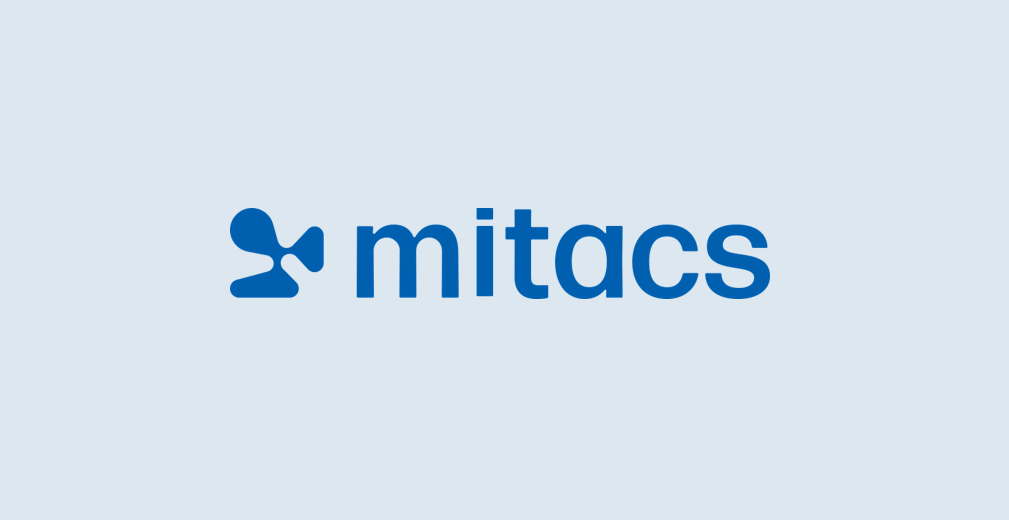
The primary goal of this project is to explore a variety of new and existing Natural Language Processing (NLP) techniques to improve the performance, and further the automation of, Knoteâs text analysis software â specifically with entity recognition. Entity recognition is the process of identifying all groupings of words in a collection of documents that […]
Read More